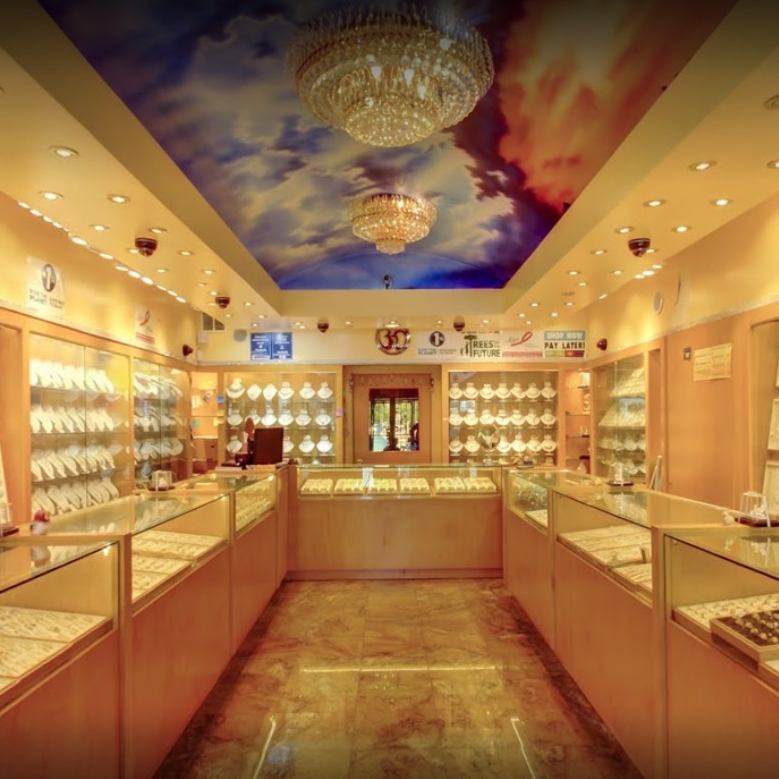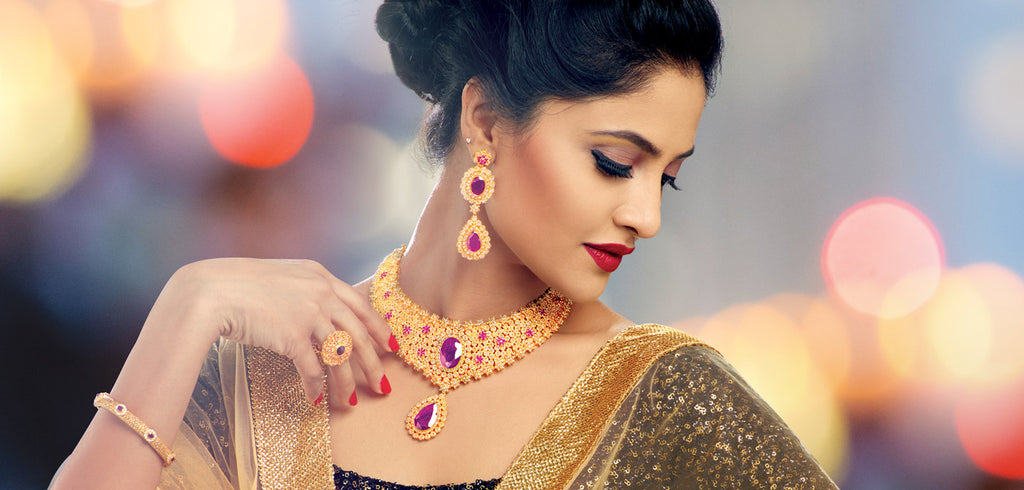Preserving the Past: Sustainability in the Vintage Jewelry Revival
In an age where sustainability is at the forefront of consumer consciousness, the revival of vintage jewelry offers a compelling alternative to fast fashion and mass-produced accessories. With its emphasis on quality craftsmanship, timeless design, and ethical sourcing, vintage jewelry not only exudes charm and elegance but also aligns with principles of sustainability and responsible consumption. Let's explore how the vintage jewelry revival is paving the way for a more sustainable future in the fashion industry.
Embracing Timeless Treasures
Vintage jewelry embodies the concept of sustainability by giving new life to existing pieces, thereby reducing the demand for newly manufactured items. By embracing vintage jewelry, consumers can enjoy beautiful accessories with a clear conscience, knowing that they are not contributing to the environmental impacts associated with traditional manufacturing processes.
Rather than discarding unwanted jewelry or allowing it to languish in forgotten drawers, vintage pieces are cherished and passed down through generations, preserving their cultural and historical significance for years to come. This ethos of reuse and repurposing lies at the heart of sustainability, offering a more conscientious approach to accessorizing.
Ethical Sourcing and Transparency
Beyond its environmental benefits, vintage jewelry also addresses concerns surrounding ethical sourcing and transparency in the fashion industry. Unlike modern jewelry production, which may rely on questionable mining practices or labor conditions, vintage pieces are a testament to the craftsmanship and expertise of artisans from eras past.
By opting for vintage jewelry, consumers can support ethical practices and contribute to the preservation of cultural heritage. Moreover, vintage jewelry often comes with a rich provenance, allowing buyers to trace the history of each piece and appreciate the stories behind them. This transparency fosters a deeper connection between consumers and their accessories, instilling a sense of appreciation for the artistry and craftsmanship involved in creating vintage jewelry.
Curating Personal Style
In a world saturated with mass-produced fashion trends, vintage jewelry offers a unique opportunity for self-expression and personal style. Each vintage piece is imbued with its own character and charm, allowing wearers to make a statement while standing apart from the crowd.
Whether it's a delicate Art Deco pendant, a bold Mid-Century cocktail ring, or a classic Victorian brooch, vintage jewelry allows individuals to curate a wardrobe that reflects their unique tastes and sensibilities. By incorporating vintage pieces into their everyday ensembles, fashion enthusiasts can create looks that are both stylish and sustainable, transcending fleeting trends in favor of timeless elegance.
Conclusion
The revival of vintage jewelry represents more than just a passing fad; it embodies a shift towards more sustainable and conscientious consumption in the fashion industry. By choosing vintage pieces, consumers can embrace timeless elegance while supporting ethical practices and reducing their environmental footprint.
As we continue to rediscover the beauty and charm of vintage jewelry, let us also celebrate its role in promoting sustainability and preserving the legacy of craftsmanship from generations past. With its enduring appeal and timeless allure, vintage jewelry serves as a shining example of how fashion can be both stylish and sustainable, ensuring its place as a cherished treasure for years to come.

















